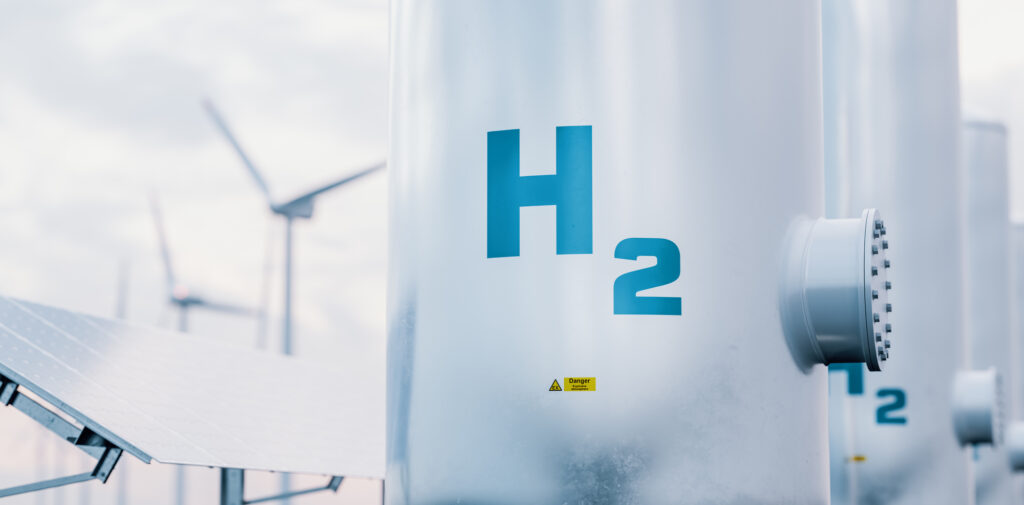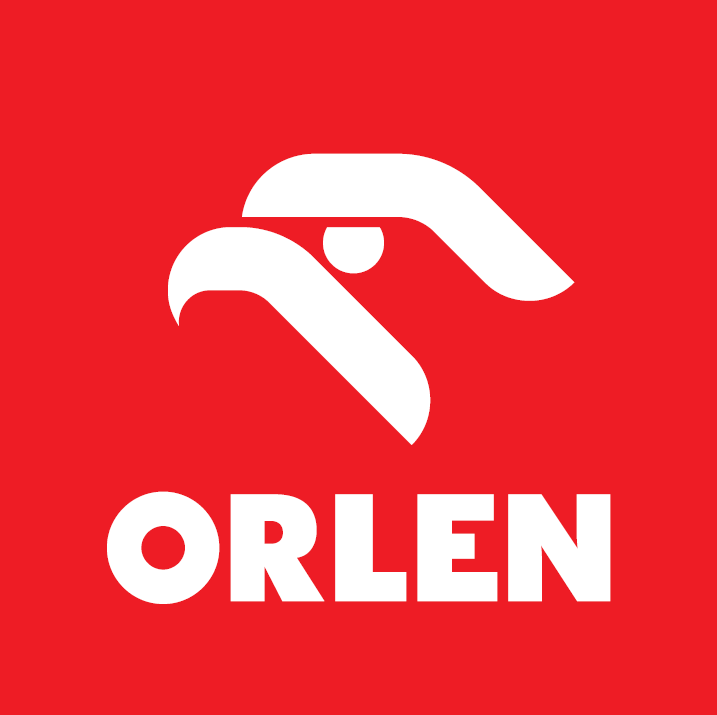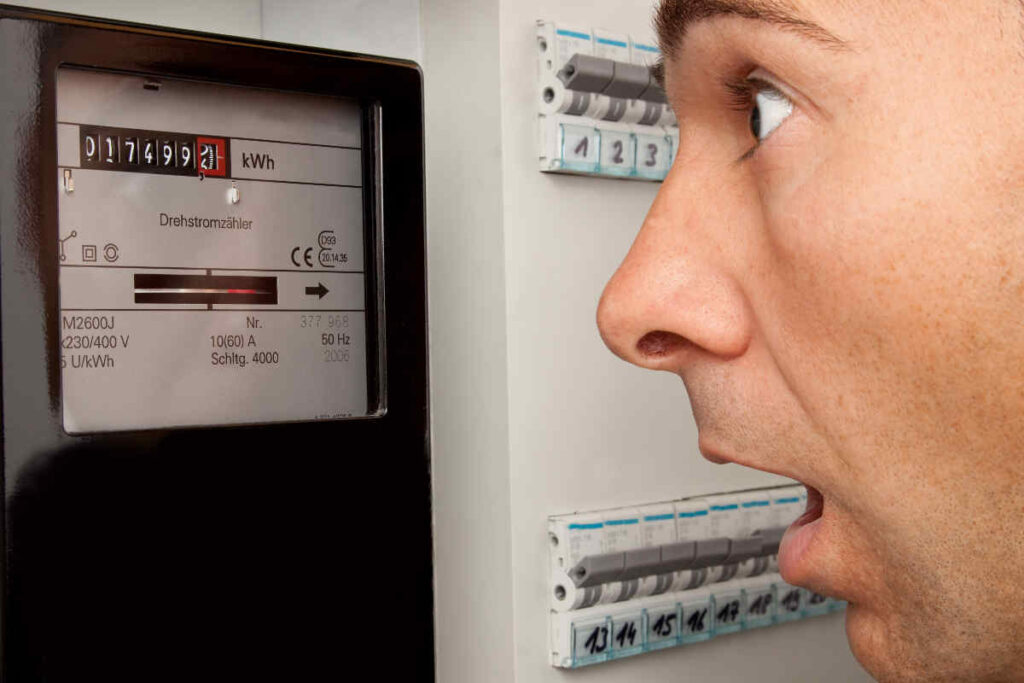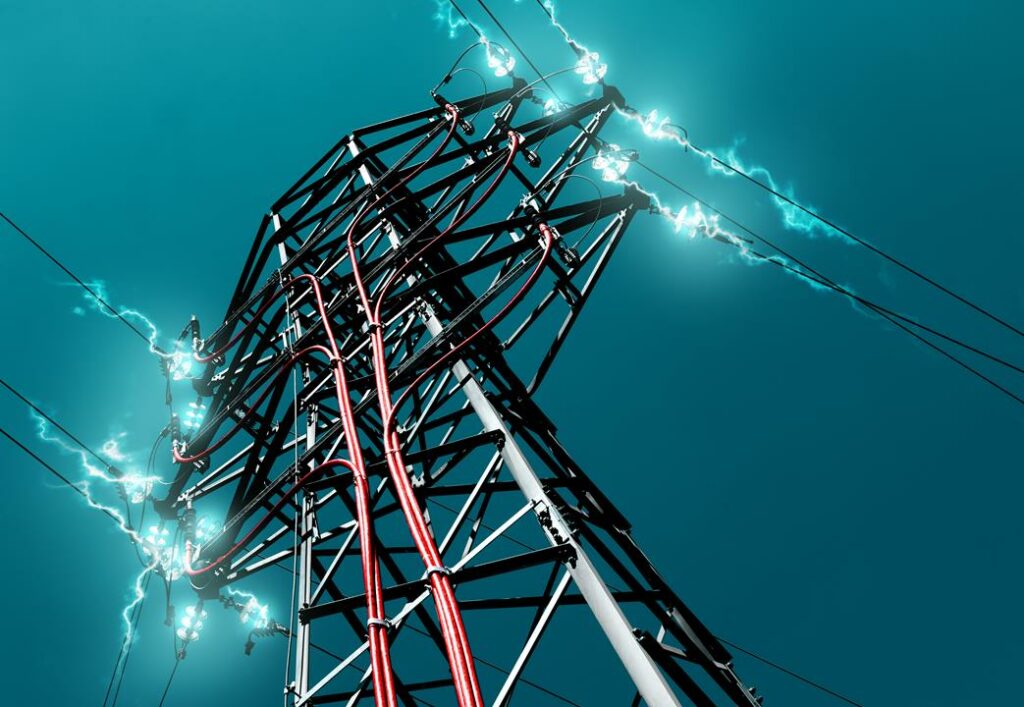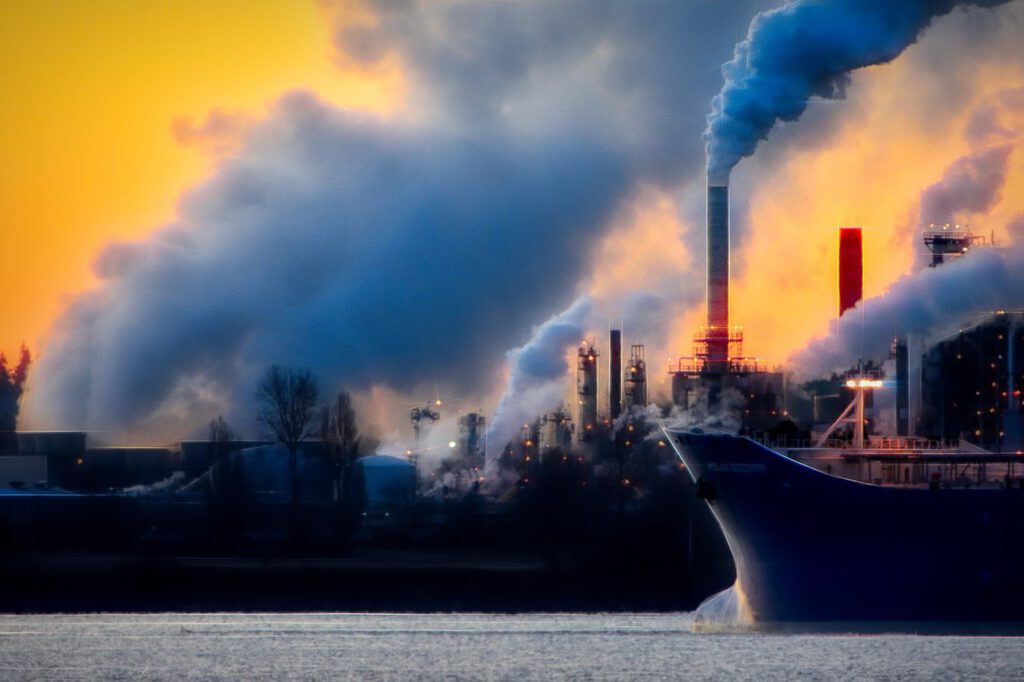Spis treści
Poland is one of main three hydrogen producers in Europe and five in the world. However, this is “grey” hydrogen almost totally used for industrial processes in nitrogen, chemical and refinery facilities. Meanwhile, we actually lack the hydrogen of a purity class allowing for application in other industry branches. It is planned to erect electrolysers with a capacity to even 2GW until 2030; they would generate pure hydrogen with green energy share.
Already now, private investors present their ideas for production of hydrogen from waste, biomass or directly from solar and wind energy. However, they must face the question if it is going to be a demand for green, pure hydrogen. As for now, the market is still in its infancy.
International Energy Agency in its December report on global hydrogen points out to discrepancy between currently planned projects and the demand for green hydrogen generation. It remains a key uncertainty as to future development of electrolysers.
There are the interested ones, but they cannot make any decision
Similar in Poland, the interest in electrolysers is big, but the very designs are scarce. Prospective customers not always have precise plans for future hydrogen usage.
We receive many inquiries for electrolyser supply. We have our own product – alkaline electrolyser, being a well known, secure and efficient solution, as it easily adapts to changeable conditions of RES energy generation. The basic module has 200 kW of electric capacity – as Sławomir Halbryt, the President of Sescom told WysokieNapiecie.pl portal .
The key issue is to define what hydrogen will be used for. Hydrogen should be produced near the consumer, as transportation costs are high – hydrogen itself is light, compressible, but huge amount of energy is required for this – as he adds.
Expensive stations and expensive buses…
– Self-governments are very active in analysis the possibility for hydrogen use at the moment, simply due to the reason that “Fit for 55” package imposes practical abandonment of purchasing of emission buses until 2030. Hydrogen buses have an advantage over electric ones in the scope of range and charging time, however, investment expenditures are high – amounting to dozens or hundreds million PLN for a single hub. We have a slip lodged to NFOŚiGW, we plan three small bus hydrogen charging stations for 71 million PLN. We would like to adjust the amount of the generated hydrogen to the consumer’s needs – hundreds of kilos per 24h, providing capability of charging several to dozen of buses – Sławomir Halbryt says.
First town which has ordered such buses is Konin. The tender for 4 year lease was won by Solaris with its Urbino 12 bus. MZK Konin estimates the bus cost will be ca. 703 thousand EUR (ca. 3.2 million PLN). What is interesting, the bus with fuel cells from Konin is to refuel hydrogen at ZE PAK station.
PKN Orlen, one of the main hydrogen producers i Poland, intends to develop a network of hydrogen stations. In its plans, according to HydrogenEagle project, it has 54 charging stations in Poland, 22 – in Czech republic and 26 in Slovakia. Moreover, it will construct two publicly available hydrogen charging stations in Poznan and Katowice and a mobile one in Włocławek. For this last project Orlen will be granted 2 million EUR of a nonreturnable subsidy from the EU CEF Transport Blending Facility program. Will vehicles running on hydrogen ever appear at the stations?
As for now there are no buses with fuel cells in Poland, just the first attempts. Poznań, Chełm, Włocławek will receive subsidies from the National Fund for Environmental Protection and Water Management program “Green public transport” – applications for co-funding purchase of hydrogen buses. The subsidy in the program is 90 percent. In total, Polish towns are planning the purchase of 102 buses which corresponds to the demand of approx. thousand tons of hydrogen annually. As PKN Orlen states, the demand of a single bus for hydrogen fuel is ca. 30 kg/day allowing for travel range of ca. 300 km.
According to Polish Hydrogen Strategy within 5 years the demand for hydrogen in transportation sector in Poland will be near 3 thousand tons, out of which majority for buses, and within 10 years the demand for hydrogen in transportation sector will increase to 22.5 thousand tons per annum.
The Group of Solorz already has an electrolyser, so it will buy vehicles as well
An electrolyser is being erected on the property of its power plant by ZE PAK. The group plans are far more extensive: for 100 MW capacity in electrolysers and ca. 30charging stations. Hydrogen buses will be needed for this and so Polsat Plus Group with ZE PAK announce opening of a hydrogen bus manufacturing facility in Świdnik in two years. Meanwhile, according to the media, Solorz company Plus Flota has purchased ca 40 Toyota Mirai vehicles with hydrogen drive this year. Hydrogen Toyotas Mirai are to be included by iTaxi in its fleet
– the company announced. Taxi corporations are to be the ones to create demand for hydrogen; e.g. in Copenhagen there have already been 100 hydrogen driven taxi cabs.
Hydrogen driven cars are more expensive then the electric ones, as for the newest Mirai you have to pay ca. Such vehicles may fill the niche on the market, but they will not become a competition for much cheaper e-cars, just a product dedicated to richer customers of corporations. It is, among other, an assumption of BMW which is to have in its portfolio a hydrogen car, based on X5 model; however, it does not develop this market segment too far.
Capacity of fuel tanks of passenger cars such as Toyota Mirai is ca. 5 kg hydrogen, allowing for cruise distance of nearly 600 km. In a year such vehicle will consume ca. 250kg of hydrogen at cruise distance of 30 thousand km. At 100 vehicles this gives us 25 tons.
…or by train
Hydrogen driven locomotive has been presented by PESA this year. Prototype SM42 6Dn has two tanks of a total capacity 175kg, and a single charging allows for 24h locomotive manouvre operation. The prototype was bought for Orlen Koltrans by PKN Orlen which is working on a hydrogen charging system for this locomotive.
PESA assumes that the first passenger hydrogen driven car is to be put on tracks at the turn of 2025.
– Public and passenger transport is bound to be the first sector to use hydrogen in Poland. There are also interesting options in railway system – we have the project of a train to Hel, for example. Electric traction in this location would mean interference in landscape. Hence, a project of the hydrogen train was drawn. It is still in its conceptual phase; so the issue of the very train, its servicing and charging station construction remains. KPO would surely help here with co-funding. I believe that in a couple of years there will be vehicles firing hydrogen as gas is fired nowadays, and that the hydrogen will not have to be of such cleanliness which will substantially reduce its price – the President of Sescom adds.
Hydrogen at home…
Tauron informed that the most advantageous model for further development of heat management company will be conversion of coal sources to gas ones, and also hydrogen ones in the future. Just recently, Polskie Domy Drewniane has signed an agreement with Ses Hydrogen on construction of the “first residential area heated by green gas” in Środa Śląska.
Marine Energy company has an idea of hydrogen use in heat distribution network; the company has applied for co-funding to NFOŚiGW. It is planning hydrogen energy plant from a wind farm in Kamien Pomorski. The “waste” in the form of heat energy will be directed to an independent heat distribution system which is going to be built. However, as for now practical usage of hydrogen in heat distribution is missing.
In Europe, tests on hydrogen use in heat distribution for heating households are conducted, among others, in Great Britain, Belgium and France. Many papers state that the use of heat pumps for heating households is cheaper than the use of hydrogen boilers. European Consumers’ Association BEUC has recently prepared a report and calculated the heating costs in case of Polish households. It turned out that heat pumps were the cheapest method for residential heat decarbonization; they are usually by 95 percent cheaper in operation than hydrogen boilers.
If, however, one is to replace with hydrogen not gas in heat distribution network but fuel in boiler rooms, then the investment cost-effectiveness might look completely different. AgoraEnergiewende in its recent publication on hydrogen admits that hydrogen in heat distribution networks is a “no regret” solution, after prior usage of RES, ambient heat and waste heat.
– I do believe in heat engineering, but the boilers of new construction must appear, as for now we have the solutions which fire gas and hydrogen mixture. We have a prototype of a boiler with a capacity of several dozen kW; we are preparing to construct a boiler with a capacity of 0.5 MW — this will be our model unit. One should remember that there are several thousand coal boiler rooms with a capacity of up to 1 MW, but not all of them are capable of having coal replaced by gas.
In such situation application of RES – wind and PV and hydrogen boiler might and should be considered. We believe we will be able to present such pilot application in Środa Śląska. There are a lot of roofs in the residential areas, so we will re-dimension the systems for sure in order to store energy in the form of hydrogen which will be consumed on current basis, with a maximum of a several day shift. By firing hydrogen in a turbine or fuel cells we will obtain current during summer peaks – Sławomir Halbryt says.
Industry – plenty of expectations, few projects
Polish Hydrogen Strategy assumes that unti2030 chemical and petrochemical industry will have been the main low and zero emission hydrogen consumer. AgoraEnergiewende in its report indicates that the industry is the sector of a first choice in the scope of decarbonization with hydrogen. It mentions steel and chemical industry, including manufacturers of plastic and fertilizers. Industrial projects regarding hydrogen are less discussed in Poland, meanwhile it should be the first area of interest.
Synthos is planning generation of hydrogen from high-temperature steam in its premises of Oświęcim facility. The project, worth approx. 32-34 million UR is awaiting co-funding from lPCEl program. Among others, AlcerolMittal Poland also participated in this competition,
however, its two projects were not selected for co-funding. The group is preparing new decarbonization strategy which will include also hydrogen used in DRI process. Electric furnace is planned to be constructed in Dąbrowa Górnicza. Its implementation will be depend on, among others, availability of green hydrogen.
Hydrogen and RES transportation through bottlenecks
Logistics is an important factor in hydrogen use. In theory, hydrogen can be transported via gas networks,as an additive to natural gas, or via dedicated gas pipelines. It requires network adaptation, including gas compressor stations and as for now there are no clear plans of investment in such pipelines. PGNiG just only intends to conduct research on usage of hydrogen in the closed gas network in Odolanów.
Generation of hydrogen from RES seems to be the best solution locally. – Current introduced to the network is burdened with distribution costs, so it would be the best to produce hydrogen directly from RES system. On the other hand, refineries can generate high volumes of a relatively cheap gray hydrogen, but it needs to be transported – this is cost-effective at the distance of 100-150 km. In case of a town of an average size, hydrogen transportation for the needs of the public transport would have to be made at last once a day – the President of Sescom thinks.
“The policy of the Government is at present more focused on hydrogen production decarbonization rather than on the development of demand for new applications; Current ambitions of the countries in the scope of hydrogen usage stimulation in new applications are not sufficient to meet their net zero requirements – as it was assessed by International Energy Organization.


